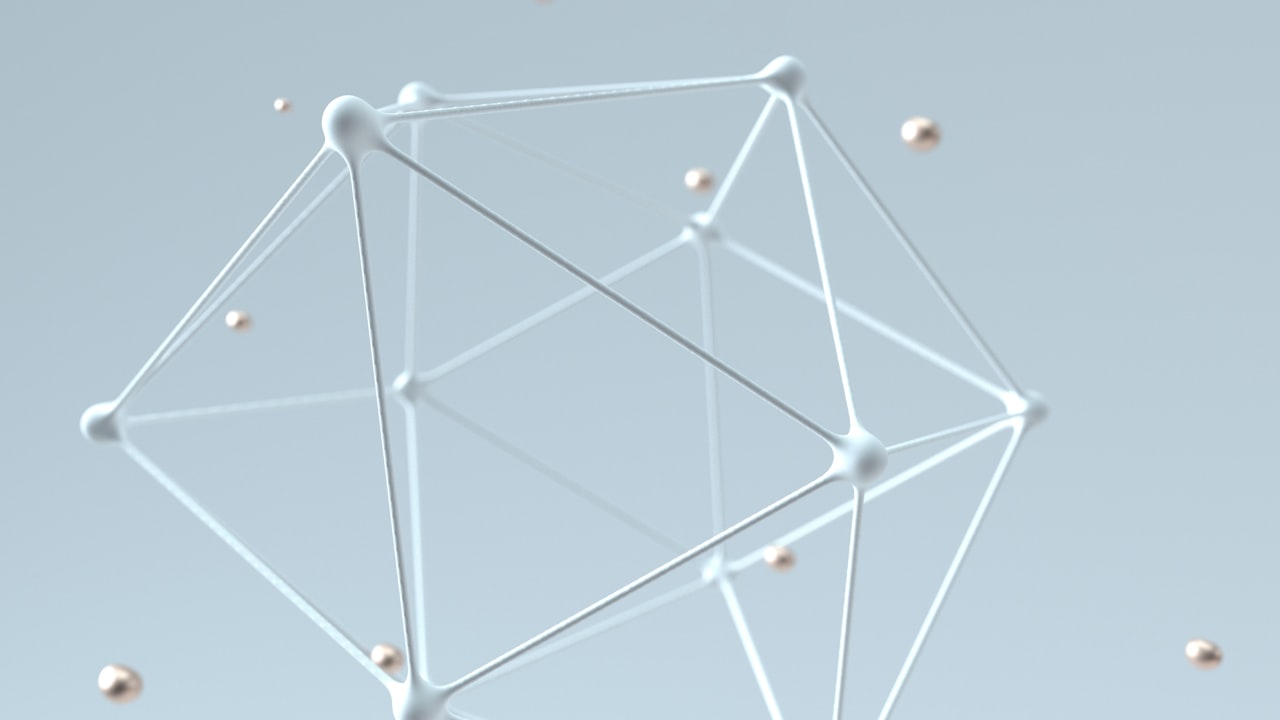A switch is a device that is used to connect devices. It is used in communicating with different devices. Switches make a network that sends data from one device to the other. A switch is a more commonly used device in most networking devices read more to know the network switching at the in-depth level.
There are two main types of network switches. The portable network switch and parallel and series network switch. This help to avoid the spread of unwanted singles from the circuit. We will discuss the difference between a hub and a switch and the different functions of network switching.
Functions of network switch
When a reader comes to what is a network switch then a reader must be familiar with the functions of network switching. The network switch has given different kinds of benefits to people. When different switches are connected in series or parallel with one another they provide different functions. Some of them are
Forwarding and filtering
When the network switch is preferred it provides the benefit of forwarding and filtering. In this, the signal is forwarded without any kind of interruption and if any issue occurs the signal is cut down. This is referred to as filtering. In this, the unwanted signals in the switch are filtered and only the right signals are passed.
Loop avoidance
When the system of network switch would not have been introduced it would be difficult for the traveling of signals. In this system, a lot of switches are connected with the help of a single wire. So the wire does not mix up with one another and easily travels from one place to another.
Exchange data
What is a network switch is a point that must be discussed. Besides that, it is necessary to come to know the network switching work by providing information that can be exchanged over a large distance very easily. The information that needs to be processed is easily traveled with the help of a network switch.
Difference between a switch and a hub
The devices that are connected by a switch are identified by their network address allowing more switches to maximize the efficiency of a network. A switch is more effective than a hub because a switch can distinguish recipients of different kinds but a hub can differentiate different recipients.
Switch us a device that performs many functions. The main functions of switches include
- Network Topology
- Error check
- Physical address
- Flow control
- Frame sequence.
In addition to these important functions, a switch can also be able to complete the operations like elimination loop filter or forward and learning. The details of the Main functions of the switches are as follows.
Learning:
Learning includes MAC addresses and addresses of the devices that are linked at every port. It helps to make a network system and to provide and share information. Network systems usually only processed the signals with positive frequency.
Elimination loop:
The switch can eliminate redundant circuits that are included in the switches. It can connect to the same type of network. In addition to connecting the same type of network, a switch can also interlink different networks such as Ethernet or fast internet.
Forward/Filter
After mapping the address of the destination of the data frame into the MAC table it will forward the data to the port of the linked destinations
Conclusion
Everyone in today’s world requires those areas from where they could get maximum benefits. Network switching has a lot of functions. In this article, we have discussed what network work is switching and tried our best to tell about the important functions of this work.
